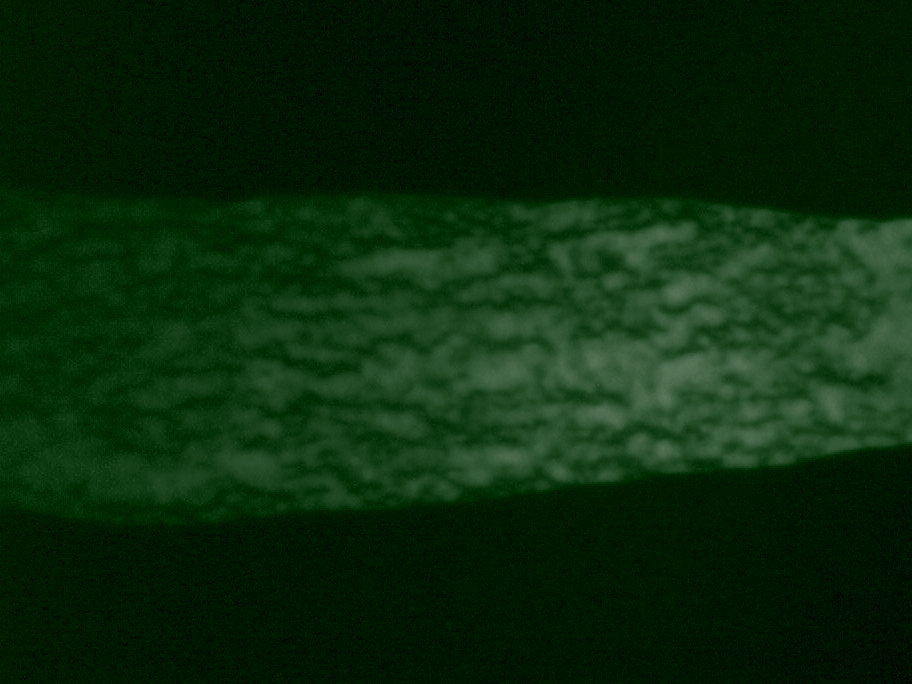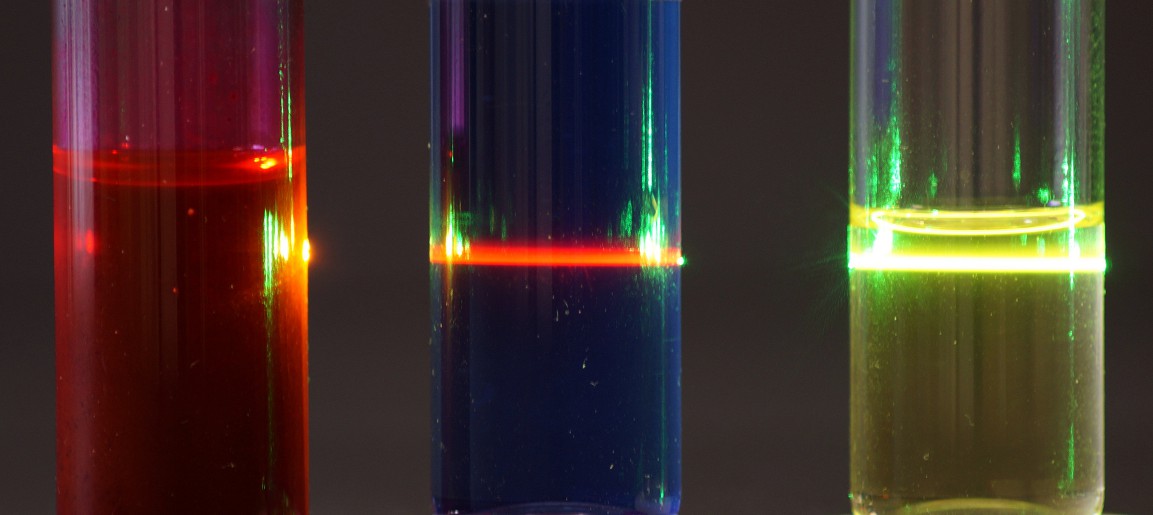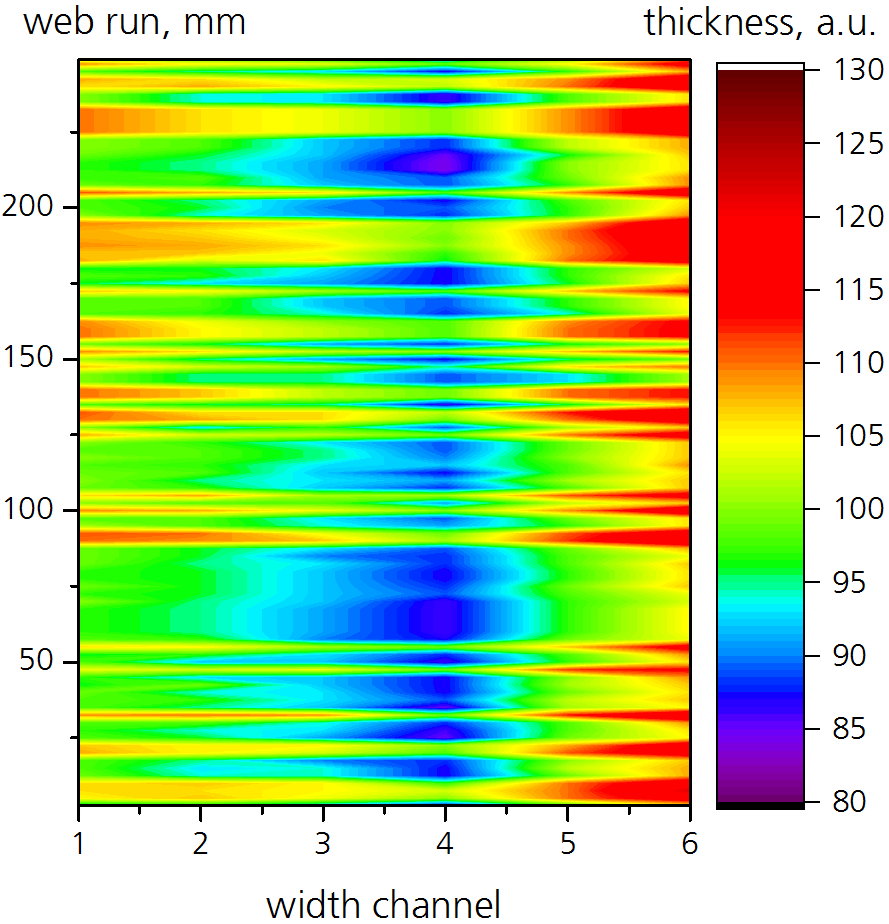kitea®-sil
process control for silicone coatings by thickness imaging
Monitoring the process of silicone coating helps to make better products and it saves costs.
The technology for the imaging of the coating thickness (see below for details) was demonstrated with an improvised measuring system. Now we are looking for interested parties to join forces and to support the next development step. The objective of this joint project is to bring the technology up to pilot level and to determine the parameters for an industrial measuring system.
We invite
- producers of silicone resins
- producers of release liners and anti-adhesive coatings
- machine producers
- everybody else who is interested in thin silicone coatings



